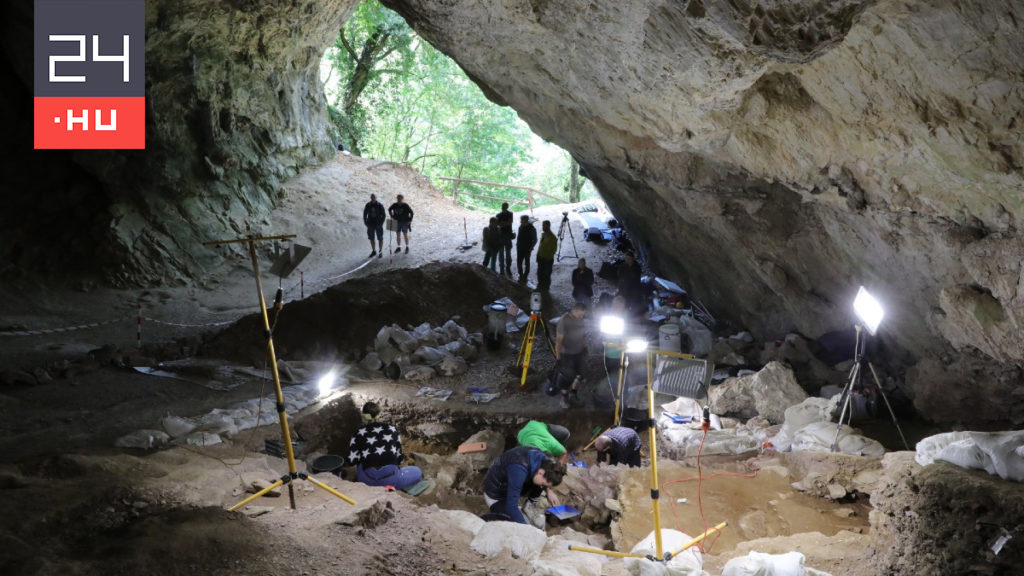Bok hides thousands of caves, including a large number of caves of archaeological interest – the most famous and most visited is the stone cave settled above the Szalajka Spring.
They have been searching for a hundred years
The huge cave also served as a nightclub for animals grazing in the woods, and the hill rising above it was called the Settling Stone. However, the large amount of sediment accumulated in the cave over thousands of years provides information for science about past events – we can read it in the Buk National Park District.
Since the first experimental excavation (1912), numerous archaeological excavations have been carried out in the cave, in which stone and bone tools from prehistoric times have been discovered, pottery pieces and even human bones. It occurred between 1947 and 51 Close to László Led, for the first time, by a planned and detailed exploration that sought to extract as much information as possible from the available classes by involving several disciplines.
With the help of the bone remains found here, the animals that lived in the area at the time of formation of each stratum became known, and hence the former environment and climate. The massive fireplace found at the time, lined with stones and strewn with bones and tools, was moved to the National Museum, where it still stands today.
Cave bears and small mammals
Seventy years later, in the fall of 2020, the layers left by László Vértes were examined with more modern tools, Dr. Gyorgy Lingel An archaeologist, led by an associate professor at Miskolc University. From a series of strata dating back 40,000 years, this time a single cracked stone tool was found among the remains of bones, mainly from cave bears and small mammals, as well as remains of fireplaces built by people belonging to the prehistoric Aurignac culture.
The exact time of formation of all of these is determined by radiocarbon studies.












































